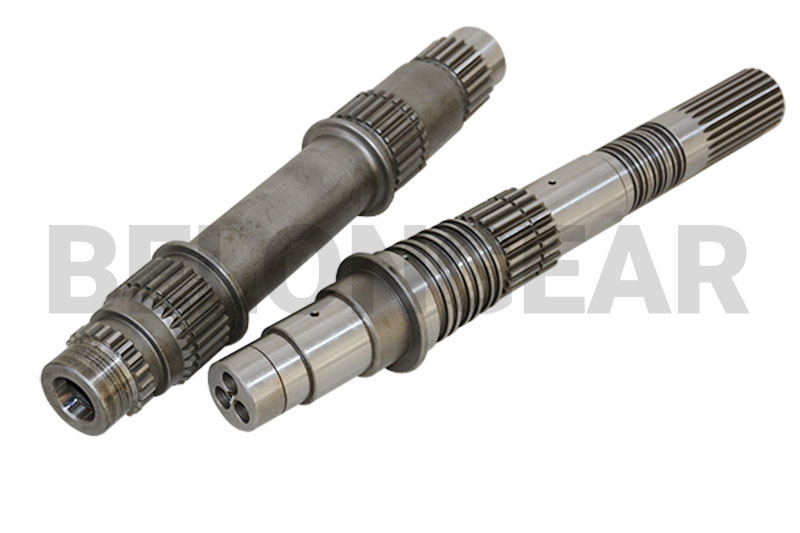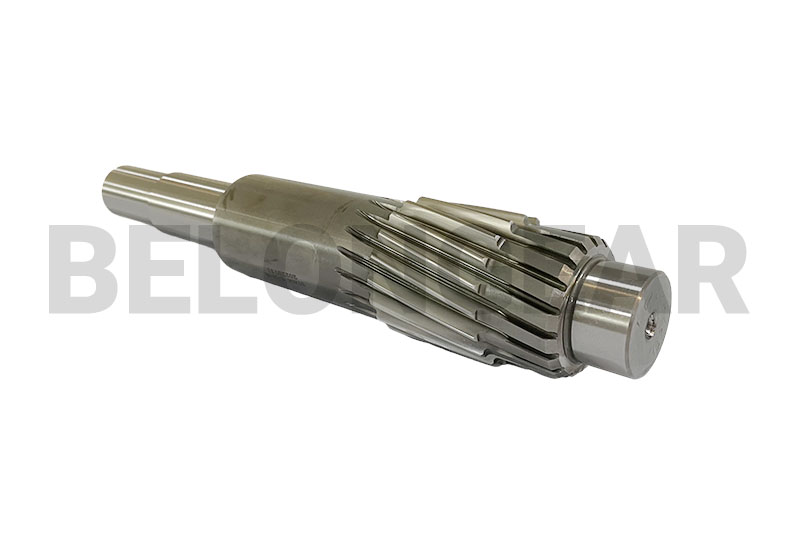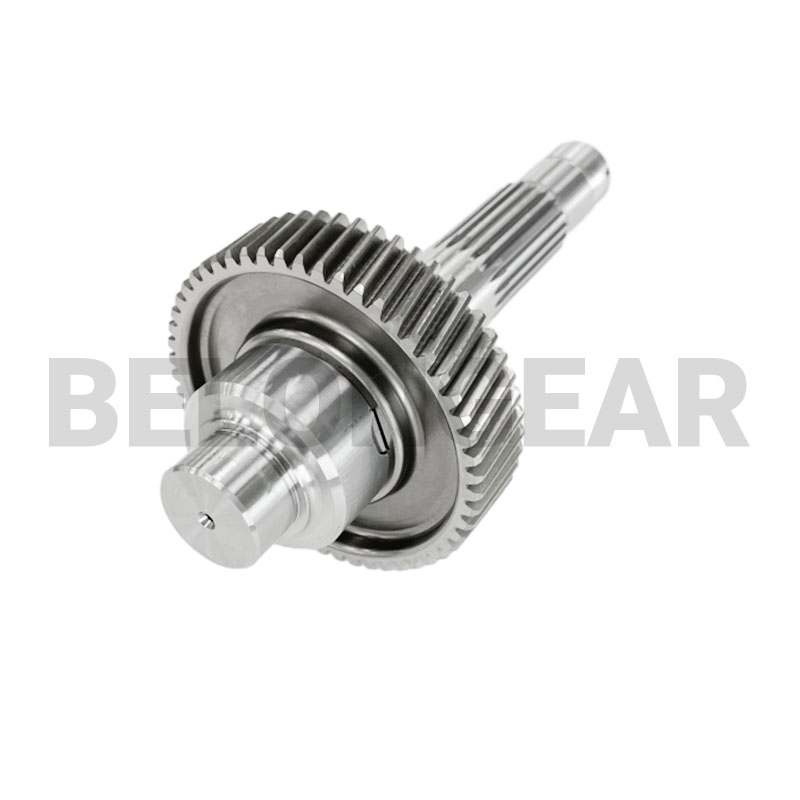
A gear shaft is a vital mechanical component that combines both a shaft and gears to transmit rotational motion and torque in a wide range of machinery. It plays a central role in power transmission systems such as gearboxes, reducers, automotive transmissions, and industrial machines. By integrating gear elements with the shaft, it allows efficient, compact, and reliable operation in complex mechanical assemblies.
Types of Gear Shafts
Gear shafts vary based on their function and structure. Common types include input shafts, which transfer power from the engine or motor to the gear system; output shafts, which deliver torque to the driven load; and intermediate shafts, which connect other shafts within the transmission system. Gear shafts can also be manufactured as a single integrated piece, where the gear and shaft are one solid unit, or as an assembled design, where gears are mounted onto a separately machined shaft.
Gear Shaft Materials
The performance and durability of a gear shaft depend significantly on the material used. Alloy steels such as 42CrMo 40CrNiMo and 20CrMnTi offer excellent strength, hardness, and fatigue resistance, making them suitable for heavy duty applications. Carbon steels are widely used for moderate loads due to their affordability and good machinability. Stainless steel is often used in environments requiring corrosion resistance, such as food processing or chemical plants. In some lightweight applications, aluminum alloys may be used, while cast iron is favored in low speed or economical designs.
Manufacturing Processes
The production of a gear shaft typically involves several precision steps. It often begins with forging to enhance internal strength, followed by turning to shape the shaft. Gears are cut onto the shaft using hobbing or shaping machines. After gear cutting, the shaft is heat treated to increase surface hardness and wear resistance. Grinding and finishing ensure the required surface quality and dimensional accuracy. Depending on the application, additional treatments like nitriding or surface coating may be applied to improve fatigue life or corrosion resistance.
Advantages of Gear Shafts
Gear shafts provide efficient torque transmission and are highly reliable in operation. Their compact form integrates gears and shafts in a way that saves space and reduces the number of components in a system. With proper materials and heat treatment, gear shafts can withstand heavy loads and harsh conditions. They offer excellent speed and torque control and can be customized for a wide range of applications including robotics, aerospace, construction equipment, and marine drives.
Disadvantages of Gear Shafts
Despite their benefits, gear shafts come with some limitations. Manufacturing requires precision and can be time consuming and costly, especially when complex geometries or tight tolerances are involved. Improper assembly or alignment may lead to wear, vibration, and early failure. Additionally, gear shafts often require regular maintenance such as lubrication and inspection to maintain optimal performance.

Gear shafts are indispensable components in mechanical power transmission systems. By understanding their types, materials, and manufacturing methods, engineers and equipment designers can select the right shaft configuration for each application. While they require investment in quality materials and precise machining, their benefits in strength, performance, and efficiency make them a cornerstone in modern industrial and mechanical engineering.
For companies looking for reliable and customized transmission gear shaft solutions, working with a professional manufacturer like Belon Gear ensures precision engineering, high quality materials, and timely delivery for both standard and complex applications.
Post time: Jul-30-2025





